I have a JPanel 200x200.
I trying to create a function that will generate random parabola's with the bounds of the JPanel, with a constraint that the height can't be lower than a 100 (middle of the screen), I basically want to move a shape around these parabolas

Here is some code I'm using to get started:
Random random = new Random(); int y; int x;
int size = random.nextInt(10);
int translation = random.nextInt(50);
int height = random.nextInt(100) - 200; //between 100 and 200
//Parabola functions : y = ((x/7 - 30))^2
// x and y are coordiates of where the shape is drawn
while(y != 200){
y = (float)Math.pow((float)xloc / size - translation ,2) + height;
x++;
}
I've been researching about FlatteningPathIterator but not too sure how to use them. my function
y = (float)Math.pow((float)xloc / size - translation ,2) + height;`
prints parabola's sometimes outside the bounds, how would i edit it to print parabola's inside the bounds?